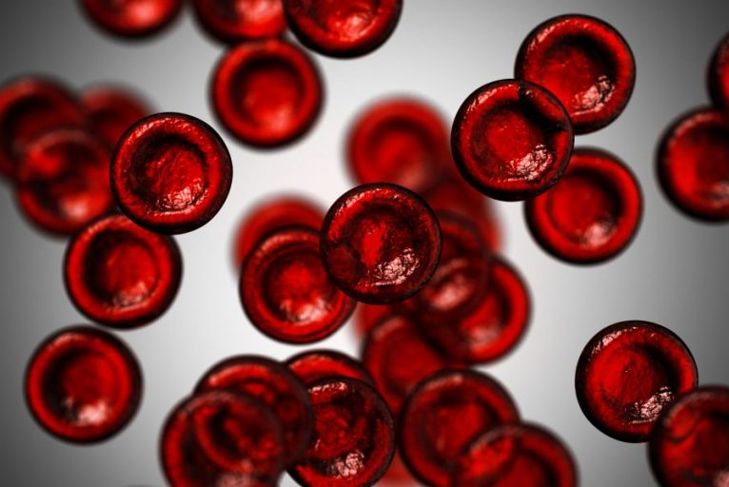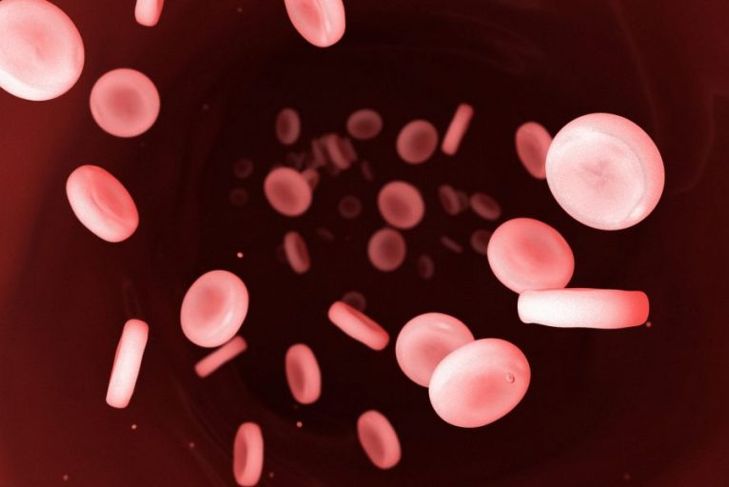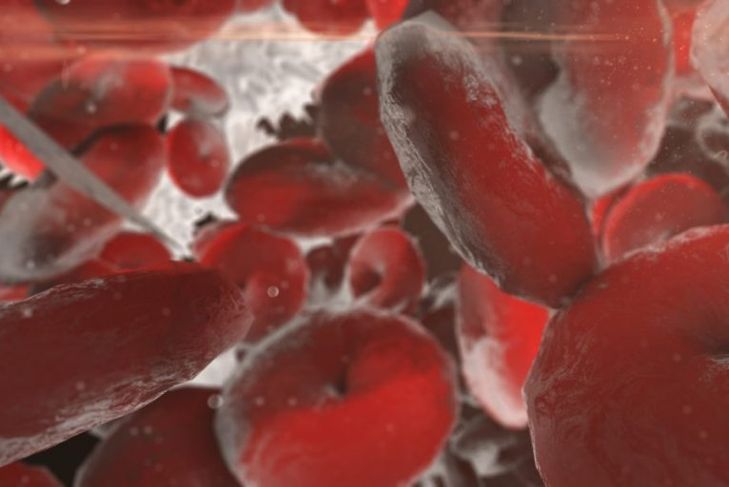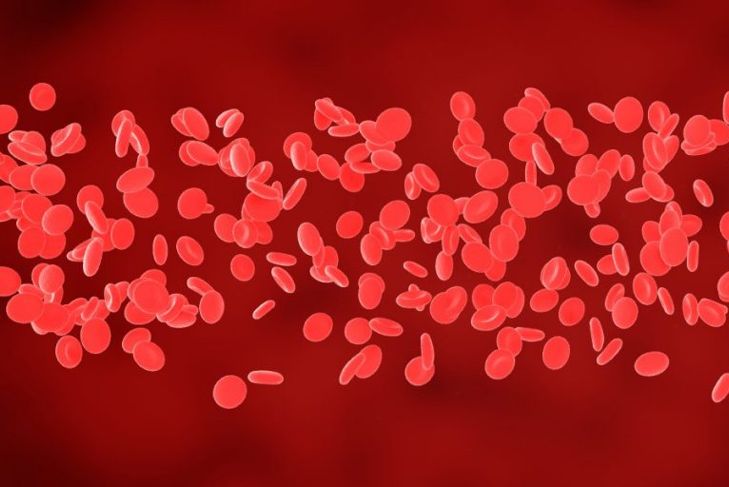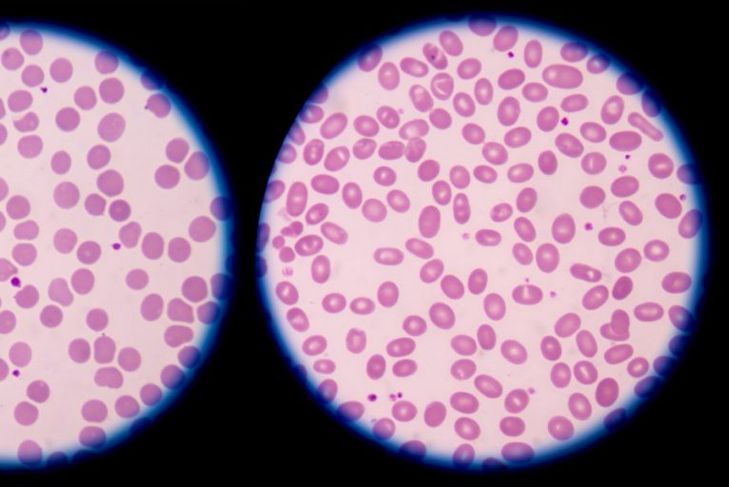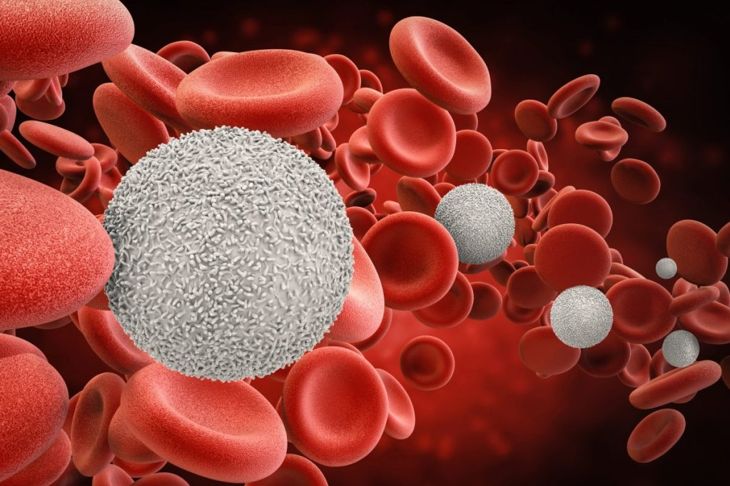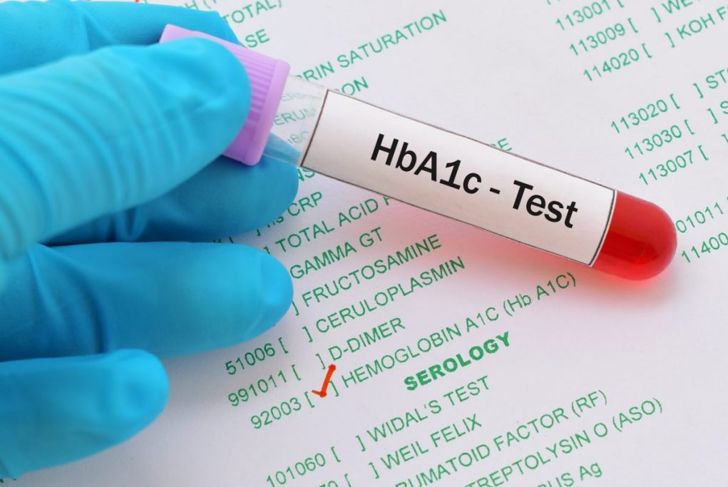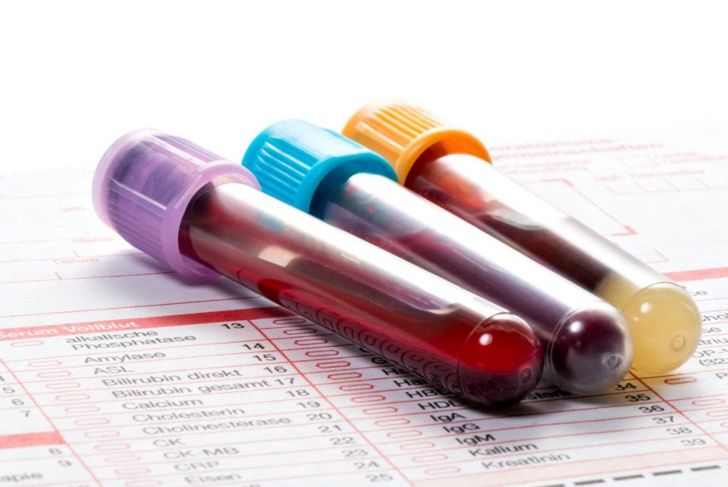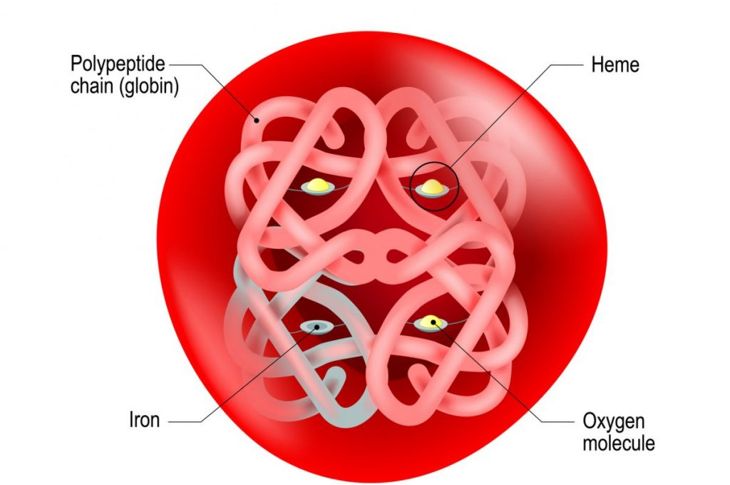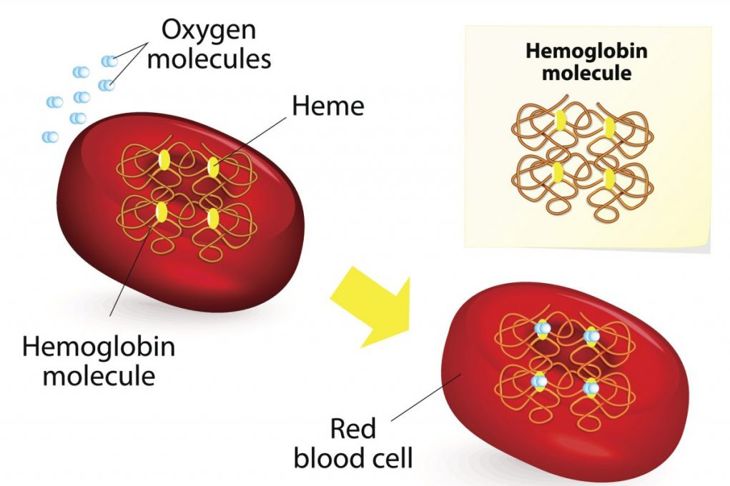Hemoglobin is the substance in red blood cells that contains iron and transports oxygen from the lungs to the rest of the body. It also transports gases such as carbon dioxide and nitric oxide. Hemoglobin assists in removing carbon dioxide from the bloodstream through the lungs during exhalation. Nitric oxide is essential for transporting oxygen to tissues, as well as maintaining unimpeded blood flow. Hemoglobin plays a significant role in facilitating the flow of nitric oxide to all areas of the body. Other cells besides red blood cells contain hemoglobin, including dopaminergic neurons in the brain, the eye’s retinal pigment, and cervical cells. In these tissues, hemoglobin regulates iron metabolism and also serves as an antioxidant rather than an oxygen transporter.
Variants of Hemoglobin (Hemoglobinopathies)
Abnormal hemoglobin conditions are almost always present at birth. Some hemoglobin variants do not cause illness while other produce pathological symptoms. The most well-known hemoglobinopathy is sickle-cell anemia or Hemoglobin S, but individuals may also be born with
Hemoglobin H — found in varieties of thalassemia, a disease causing severe anemia
Hemoglobin E — causes chronic hemolytic anemia
Hemoglobin Barts — present in types of thalassemia
Hemoglobin C — sometimes found in cases of hemolytic anemia
Hemoglobin Hopkins-2 — a hemoglobin abnormality causing sickle cell disease when combined with hemoglobin S
How Do Doctors Measure Hemoglobin?
Doctors determine hemoglobin measurements through complete blood counts (CBC). A blood sample is placed in a centrifuge-style machine that breaks down red blood cells to release hemoglobin into a special solution. This “free” hemoglobin is then mixed with a cyanide-containing chemical that adheres to hemoglobin molecules. Lab technicians then shine a light through this mixture to measure pure hemoglobin. The amount of hemoglobin the blood requires changes depending on a person’s age. Additionally, men require more hemoglobin than women.
Is Having High Hemoglobin Harmful?
High hemoglobin presents in people who smoke, are dehydrated, have heart/lung disease, or are living in higher elevations. If dehydration is the cause, restoring the body’s fluid balance should alleviate the issue. In some cases, high hemoglobin indicates polycythemia, a rare blood disorder involving overproduction of red blood cells. People with polycythemia have thicker than normal blood, which may lead to blood clots, strokes, or heart attacks. Polycythemia is a chronic condition requiring life-long treatment.
What is Macrocytic Anemia?
When abnormally large blood cells are the norm in the bloodstream, there are fewer in total. This reduces the amount of transported hemoglobin, resulting in oxygen-deficient blood. Chronically low blood oxygen leads to numerous health issues. Macrocytic anemia is not one disease but a sign of several nutritional and medical problems. A common type of macrocytic anemia is megaloblastic macrocytic anemia, which occurs when your red blood cells make DNA too slowly to divide properly. Symptoms of macrocytic anemia include
Paleness
Exhaustion
Tongue swelling
Lack of appetite
Infertility
Depression
Trouble concentrating
What is Autoimmune Hemolytic Anemia?
Autoimmune hemolytic anemia (AIHA) causes the body to produce substances that destroy red blood cells and the hemoglobin they contain. AIHA also involves antibodies created by white blood cells that stick to red blood cells. As red blood cells flow throughout the body, these antibodies coat infectious germs and pathogens. But the immune system perceives the antibodies adhering to red blood cells as foreign substances harmful to the body and attacks the cells. In many cases, AIHA is associated with rheumatoid arthritis, lupus, thyroid disease, chronic kidney disease, and immune system cancers, as well as respiratory viruses.
What is Hemoglobin Electrophoresis?
A blood test measuring types of hemoglobin in red blood cells, hemoglobin electrophoresis is also referred to as a sickle cell screen or a hemoglobin evaluation. All newborns are given hemoglobin electrophoresis, as mandated by law. Adults should also get this test if they have signs of a blood disorder, if their child has one, or if other blood tests indicate abnormalities. People who have received a blood transfusion or have sickle cell disease generally get hemoglobin electrophoresis, as well.
What is Hemoglobin E Trait?
People diagnosed with hemoglobin E trait have normal hemoglobin A but abnormal hemoglobin E in red blood cells. Hundreds of hemoglobin types exist. The most common are hemoglobin S, A, and E. Men and women with hemoglobin E trait will not develop symptoms of hemoglobin E disease or beta thalassemia disease. However, they may pass hemoglobin E to their children, especially when both parents carry the trait.
Hematocrit vs. Hemoglobin Count
Hematocrit (HCT) or packed cell volume is a blood test that evaluates the percentage/volume of red blood cells. For men, a hematocrit count is typically around 45 percent and about 40 percent for women. A hematocrit measurement also measures hemoglobin. People taking red blood cell supplements may have artificially high hematocrit counts. People taking saline supplements will have artificially low hematocrit due to blood dilution. Hemoglobin and hematocrit levels change parallel with each other. Doctors can determine if anemia exists by evaluating these numbers.
Does Hemoglobin Make Blood Red?
In a way, yes. Hemoglobin proteins are composed of subunits called hemes. These heme molecules make blood red. More specifically, hemes will adhere to iron molecules which, in turn, cling to oxygen molecules. Red blood cells are red because oxygen and iron molecules interact with each other and reflect light. So, without hemes in hemoglobin, human blood would not be red. Hemes are also why some cold-blooded animals and some insects do not have red blood. Their blood is based on a different type of hemoglobin than warm-blood mammals.
Does Hemoglobin Help Blood Clot?
Hemoglobin’s main responsibility is to transport oxygen throughout the body. It does not contribute to blood clotting. The smallest of all your body’s cells — platelets — circulate in your bloodstream to provide blood clotting services and heal blood vessels when they are damaged. Blood seeping out of a wound contains platelets essential for stopping the wound from bleeding continuously. Platelets further interact with blood proteins to create a network of threads, called fibrin, to help stop bleeding.

 Home
Home Health
Health Diet & Nutrition
Diet & Nutrition Living Well
Living Well More
More